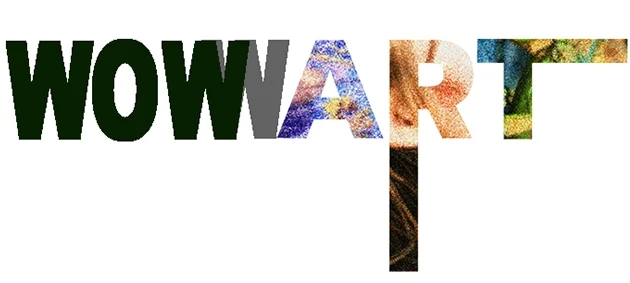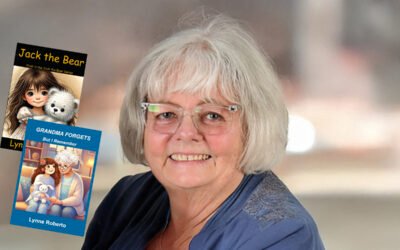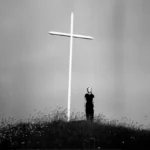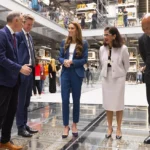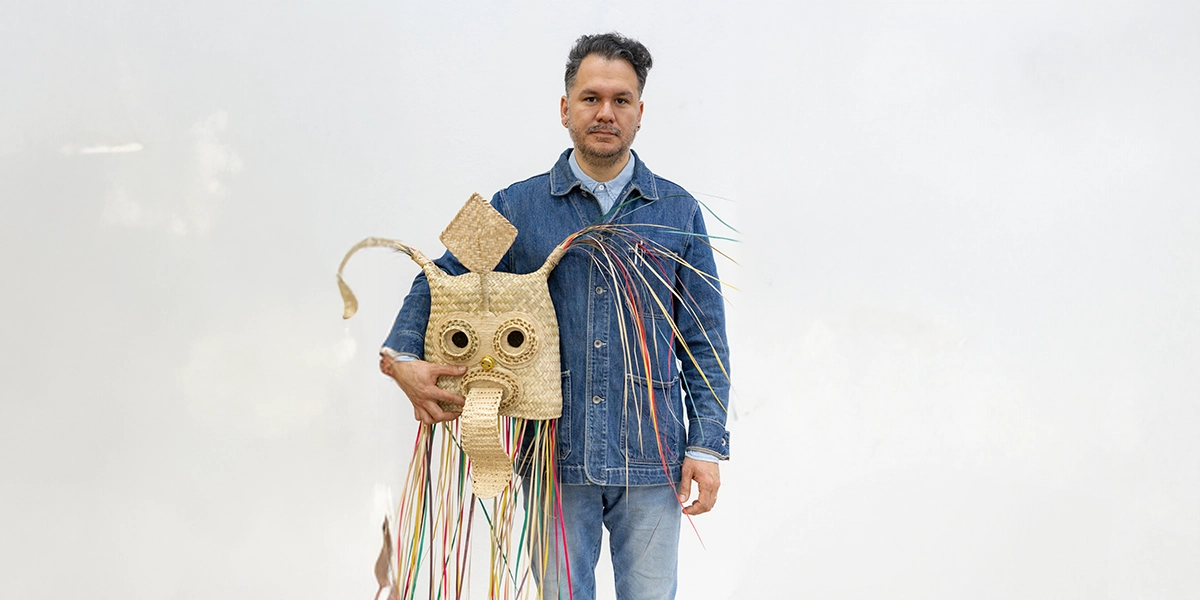Jaime Alvarez Takes Viewers on a Journey Through Spaces, Objects, and Humanity

Photo: Jaime Alvarez in his Philadelphia studio, surrounded by artworks that tell powerful, human-centered stories through photography and installation.
Exploring the Art of Photography and Installation
Jaime Alvarez’s art elevates the essence of spaces and objects, blending photography and installation to create meaningful experiences that celebrate culture, human connection, and the stories embedded in everyday life.
Jaime Alvarez stands as a powerful voice in contemporary art, a photographer and installation artist whose work blends profound storytelling with an evocative sense of place. Born in Puerto Rico and now based in Philadelphia, Jaime’s journey is one of exploration, a path shaped by cultural roots, diverse experiences, and an undying curiosity about human connection to objects and spaces. His art is more than a documentation of moments—it’s an elevation of life’s nuances, an intimate look at the way humanity leaves its mark on the physical world around us.
What sets Jaime apart is his ability to infuse ordinary objects and spaces with extraordinary meaning. Through his lens, everyday scenes become sacred, and the overlooked becomes unforgettable. His installations, too, go beyond traditional photographic boundaries, inviting viewers to interact with his work and experience it as a living presence. Whether through photography, sculpture, or immersive displays, Jaime’s art reflects his thoughtful approach to the stories we tell about the spaces we inhabit.
With a portfolio that extends across the United States, Canada, and Puerto Rico, and with pieces collected by esteemed institutions such as Comcast and the Mexic-Arte Museum, Jaime has solidified his place as an artist of timeless relevance. His ability to capture the intimacy of human experience while challenging the way we perceive art is both inspiring and humbling. We are thrilled to share this compelling interview with Jaime Alvarez, where he delves into his creative process, his cultural influences, and his vision for the future of his art.
Jaime Alvarez is a trailblazing artist whose thoughtful works transform ordinary spaces and objects into extraordinary statements of humanity.
Growing up in Puerto Rico, how did the culture or environment shape the way you see the world and create art?
I grew up in Puerto Rico until I was 18, and I love the culture and its history there, but I think growing up there I was frustrated by its geographical limits, but I also think that the art or media I consumed while I was younger was mediated through the United States. I think being able to freely move to the US as a US Citizen opened my eyes to experience more artwork, but I still cherish everything I grew up with in Puerto Rico, which sometimes comes up in my work.
“I think that people place an importance on an object or a space and make it sacred in their way.” –Jaime Alvarez
Your journey took you from Puerto Rico to Rhode Island, New York, and Michigan before settling in Philadelphia. How have each of these places influenced your work and your artistic voice?
Yes each place I have lived has influenced my work, but not because of the place, as it were more the experiences and the people attached to those places. In the places and things I photograph I see similar spaces, but they all have their own quirks or things that make it unique, yet, I think most people can relate to what it is they are looking at in their own way.
Your art often tells stories through objects and spaces. What draws you to these elements, and how do you think they carry the essence of human experience?
I think that people place an importance on an object or a space, and make it sacred in their way. I’m drawn to them because I can traverse those spaces, or view those sacred objects as different from my experience than those who hold those spaces/objects sacred.
As a photographer, I make those spaces or objects a little more special, and elevate their identity a bit, just by framing it and preserving it on film, or paper. Some people can love it, and some others can take a look at my work and move on, and that is fine. At least for me, it had a moment I cared for and gave it thought to photograph, edit and print.
How do you approach your creative process when starting a new project? Are there specific emotions or stories you’re trying to convey, or do you let the process evolve naturally?
My creative process vary between projects. Sometimes I have a cleared defined visual ending, and I need to create the solution. Other times, like with my documentary photography process, it takes longer because I photograph, then edit to make a new language out of the photographs I made. That takes a lot longer to get correct and translate to the viewers properly.
Installation plays a big role in your work. How do you see the relationship between the physical space and your photography? What do you want viewers to feel when they experience your installations?
My installation work comes out of a frustration with straight photography. I love straight photography exhibitions, and books, but sometimes I need the work to be more like objects and that people can move around through it. And even sometimes the solution may not be a photograph, but a sculpture that can be experienced rather than making a sculpture to be photographed and then exhibited.
Your work is collected by institutions like the Mexic-Arte Museum and Comcast. How do you feel when your art is embraced by such different spaces and audiences, and what do you hope they take away from it?
I feel honored when my work is collected by anyone. Any time someone seeks out to buy a book, or a print, I feel humbled. To have an opportunity to exhibit at the Mexic-Arte museum in Austin Texas, was great because I was surrounded by other Latin artists, which was curated by a colleague, and now that a part of my work exists in their archives, I feel proud to have been a part of it.
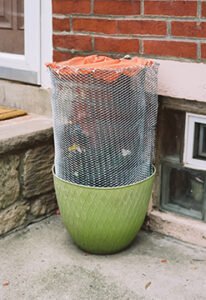
REVIEW
This photograph transforms a simple planter into an evocative work of art, found during a walk in Philadelphia. The vibrant green base, silvery mesh, and bold orange liner create striking contrasts and textures. The mesh’s concealment compels curiosity about what’s hidden inside, elevating the image with poetic tension between secrecy and exposure. Set against a rustic brick wall, this utilitarian object symbolizes sustainability and repurposed beauty. The photograph invites us to discover artistry in everyday objects, blending functionality, intrigue, and environmental mindfulness into a thought-provoking visual narrative.
